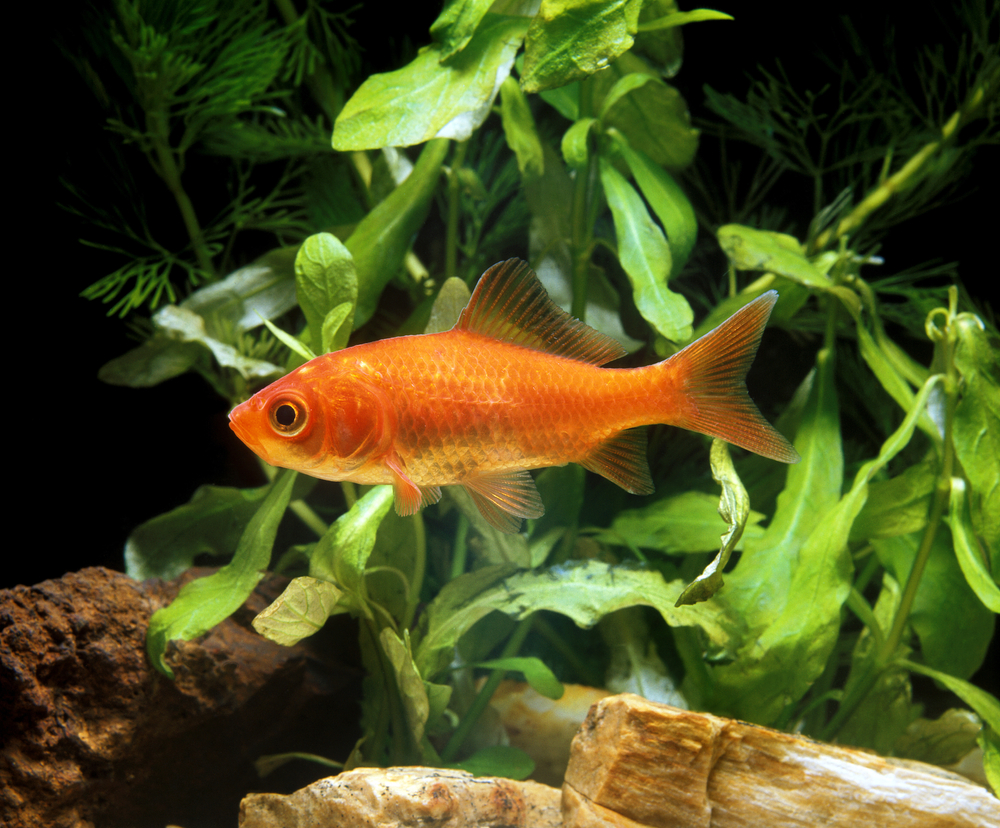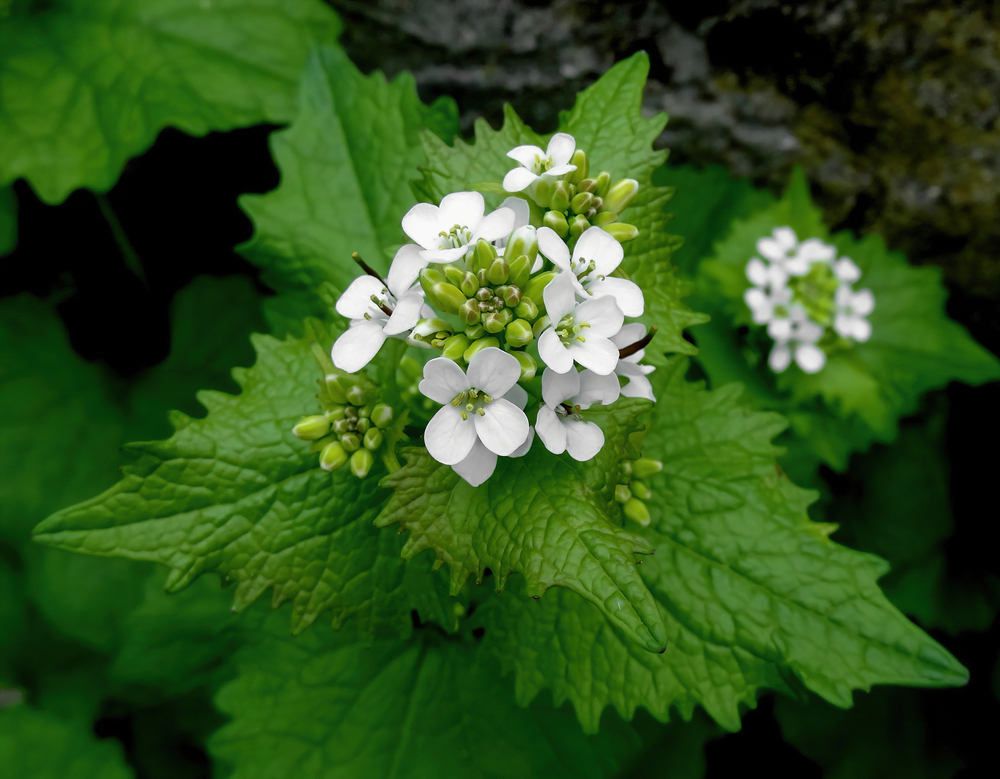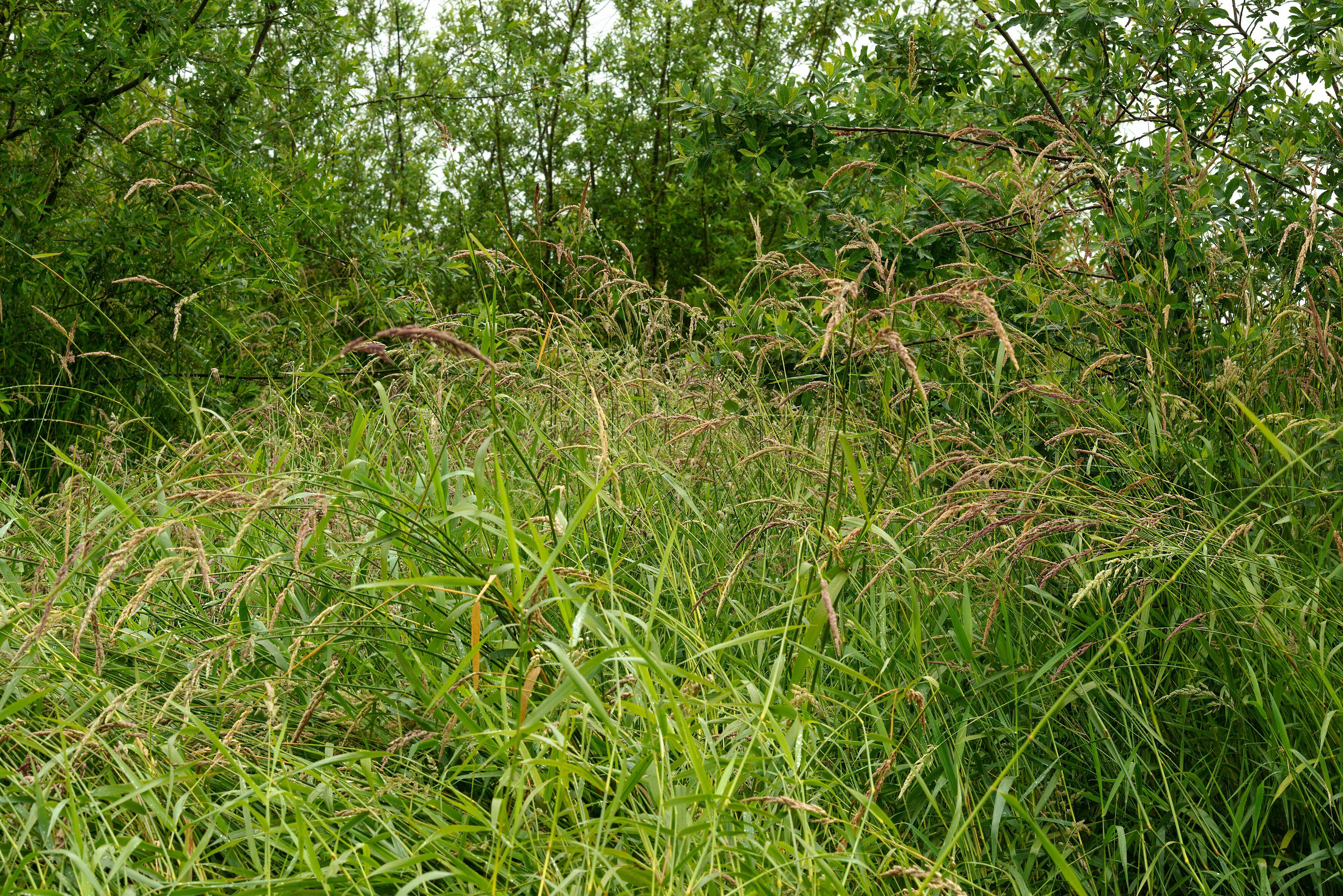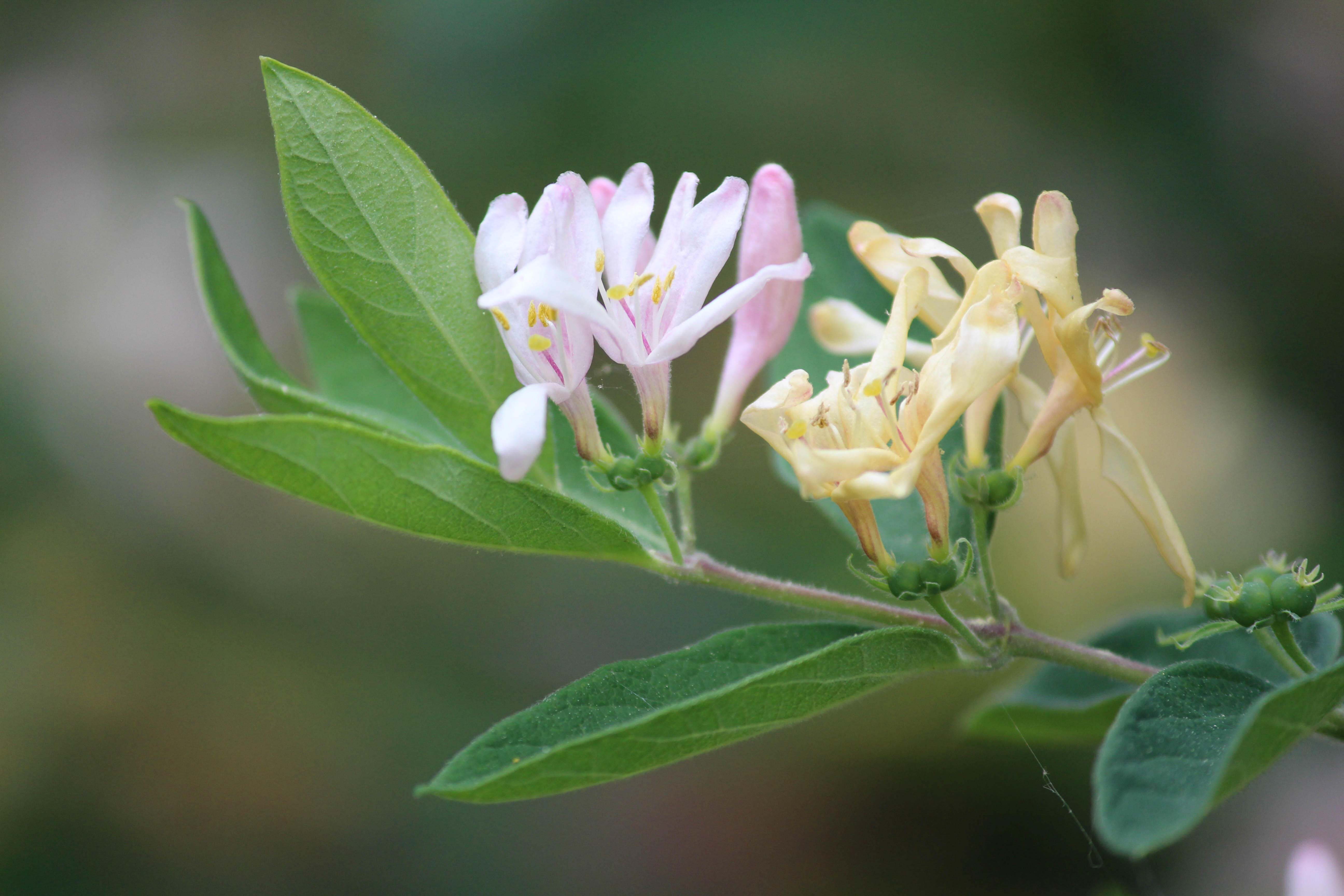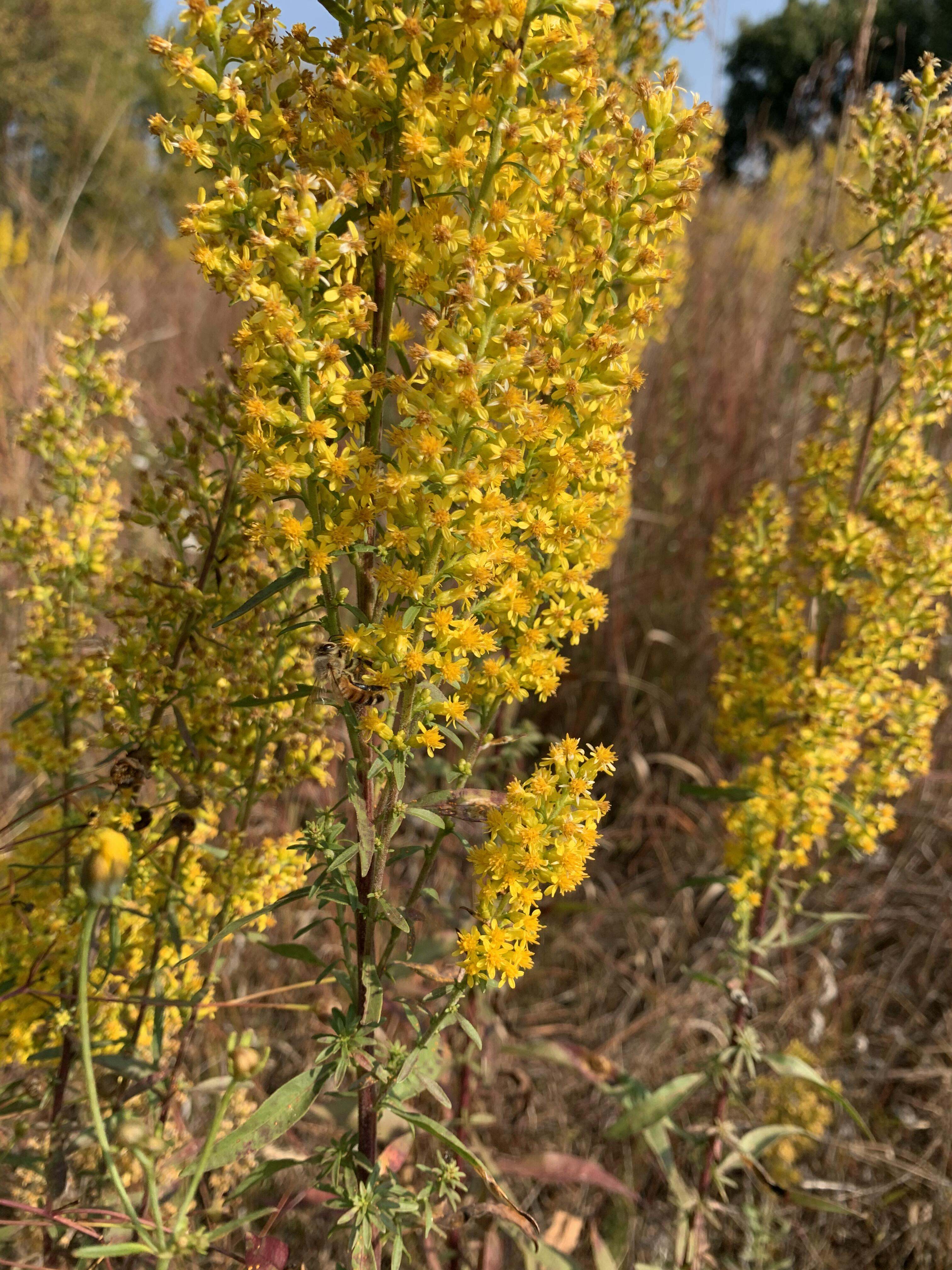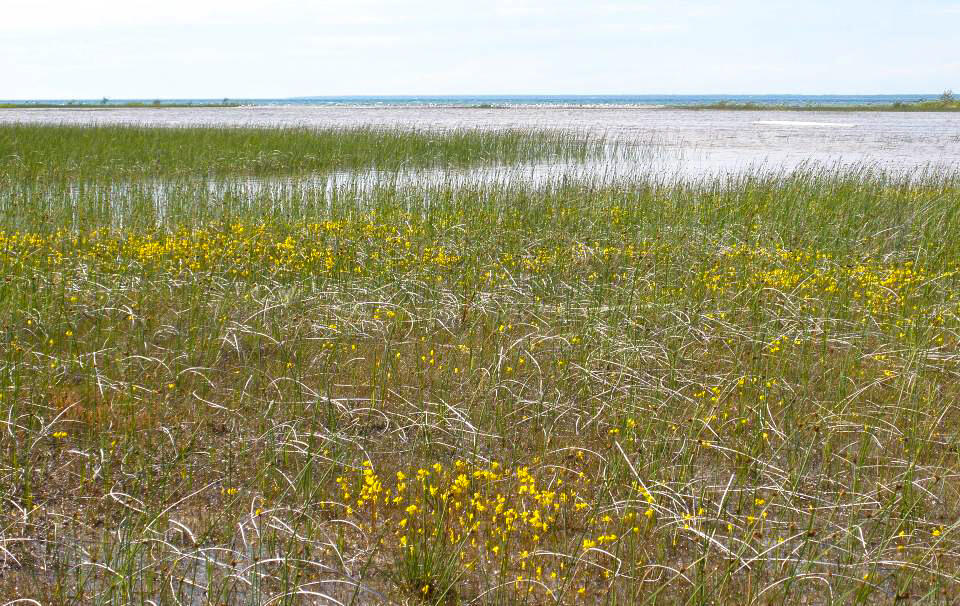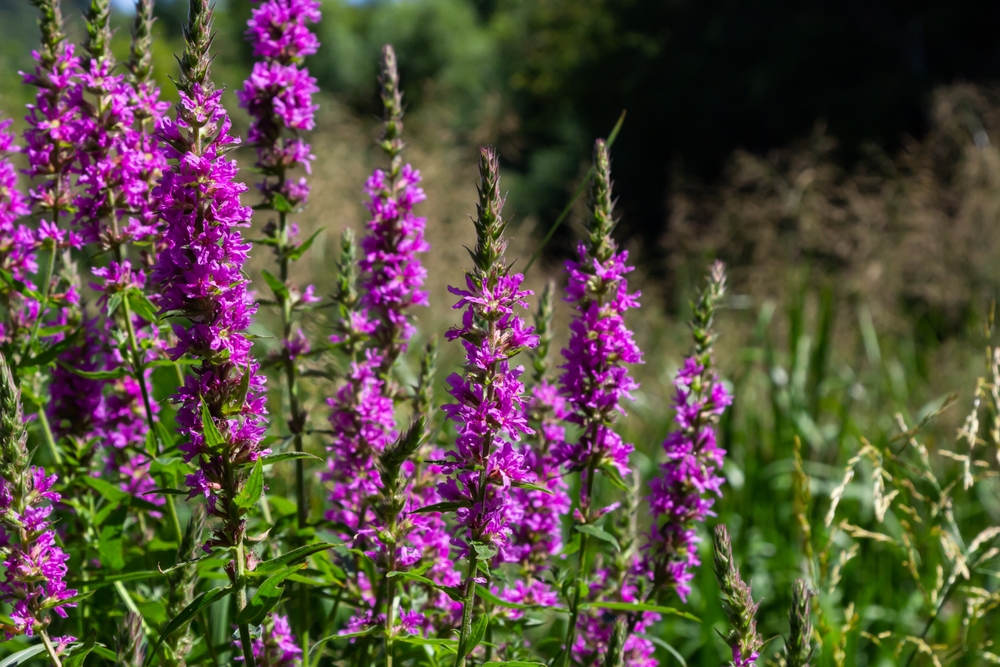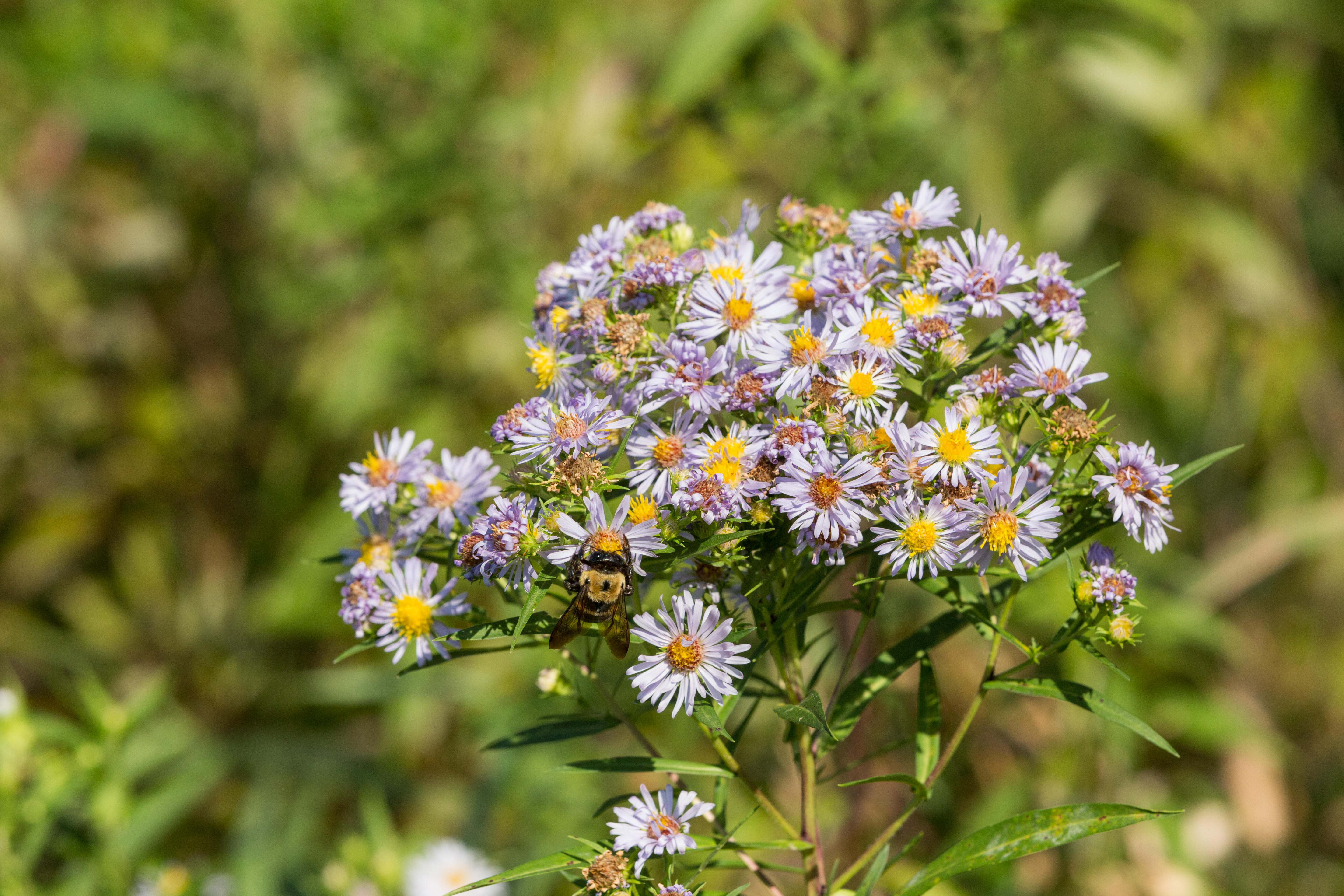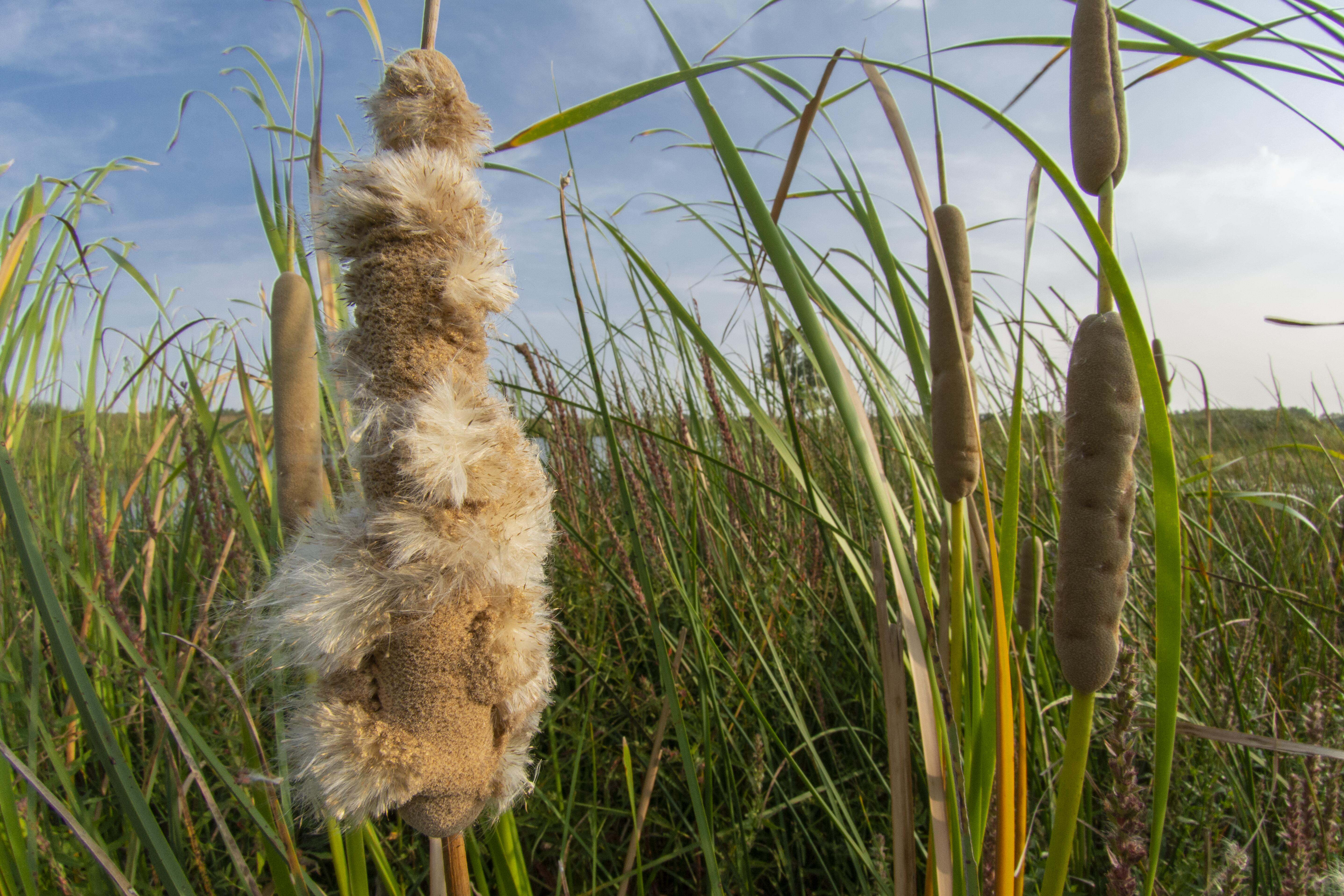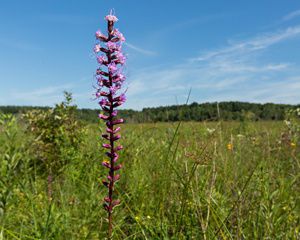Battling Buckthorn
Over two decades, dedicated volunteers have tackled the tenacious glossy buckthorn and other invasive species in Michigan’s Ives Road Fen Preserve.
How do you protect an important habitat that has been overrun by invasive species? You don’t do it alone. When The Nature Conservancy (TNC) established the Ives Road Fen Preserve in 1987, it was infested. Its native species were being smothered by an invasive plant called glossy buckthorn. What followed is a 20-year saga that continues to this day. At the heart of this story? An exceptional group of volunteers.
Nestled in a quiet, rural landscape just south of Tecumseh, Ives Road Fen is a unique blend of fens, prairie and forests. The water from the fen flows through the thick grasses of the preserve, which help to filter the water before it empties into the River Raisin at the land's eastern edge.
The River Raisin is one of the best warm-water rivers in the state, and three of the four local communities downstream draw all of their drinking water from this river. But over the years, glossy buckthorn took root at Ives, threatening to change this ecosystem for good.
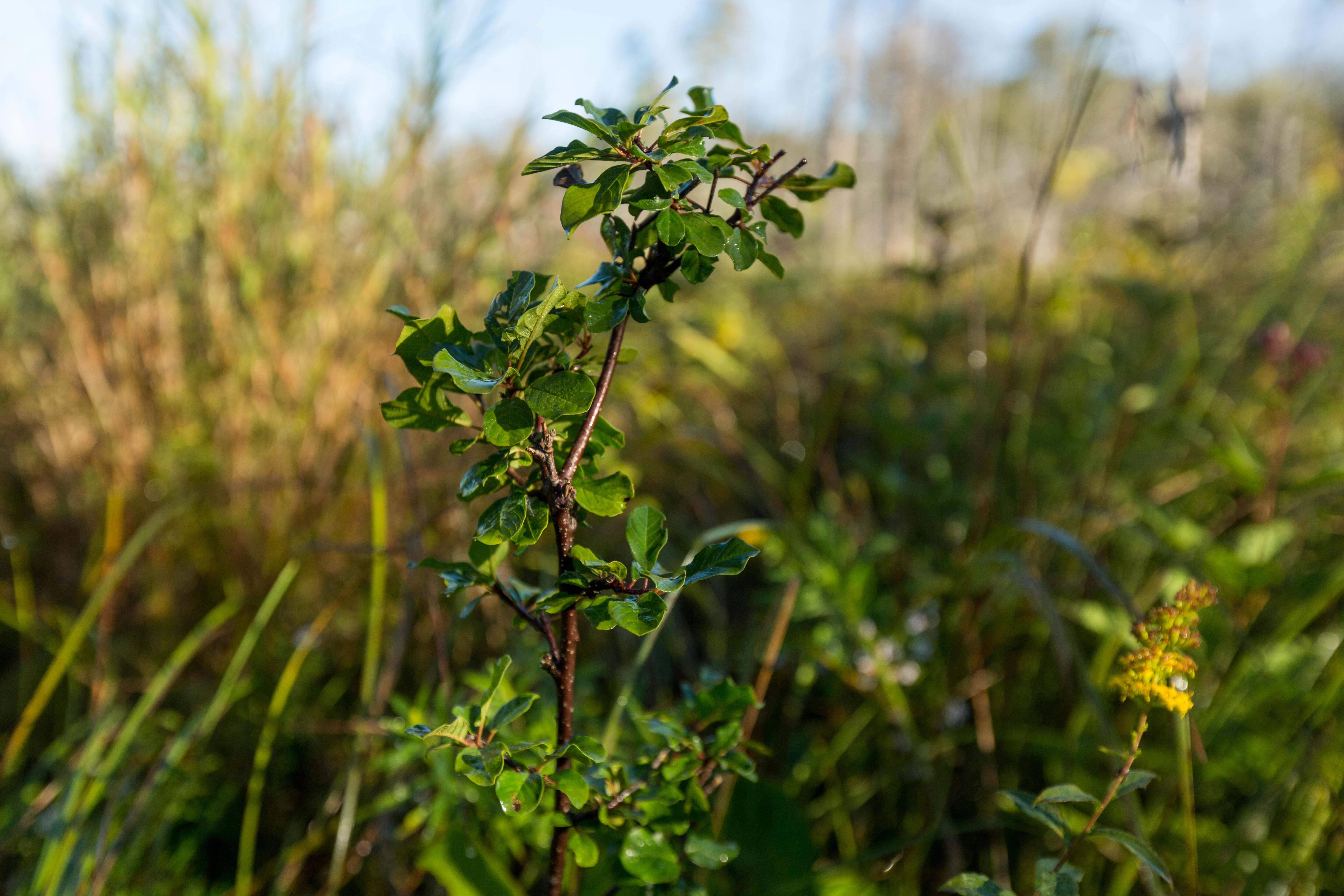
What is glossy buckthorn?
Native to Eurasia, glossy buckthorn (Frangula alnus) is a tenacious, fast-spreading woody shrub that quickly overtakes native species. Initially introduced as a good garden plant thanks to its dense hedges, its branches crowd out native species. Leafing out in early spring and keeping its leaves well into fall, the shrub has ample time to grow and shade out other plants.
Glossy buckthorn's fruit is carried by wildlife, making it difficult to stop its spread, and large enough populations can even lower the underground water table due to the plant’s water uptake. To make matters worse, it poses an exceptional threat to wet sites like Michigan’s prairie fens.
Prairie fens are a unique type of wetland where threatened and endangered species reside. If glossy buckthorn is introduced and not managed, it will quickly alter the habitat through rapid growth and crowd out more desirable plants. This, in turn, impacts the entire ecosystem.
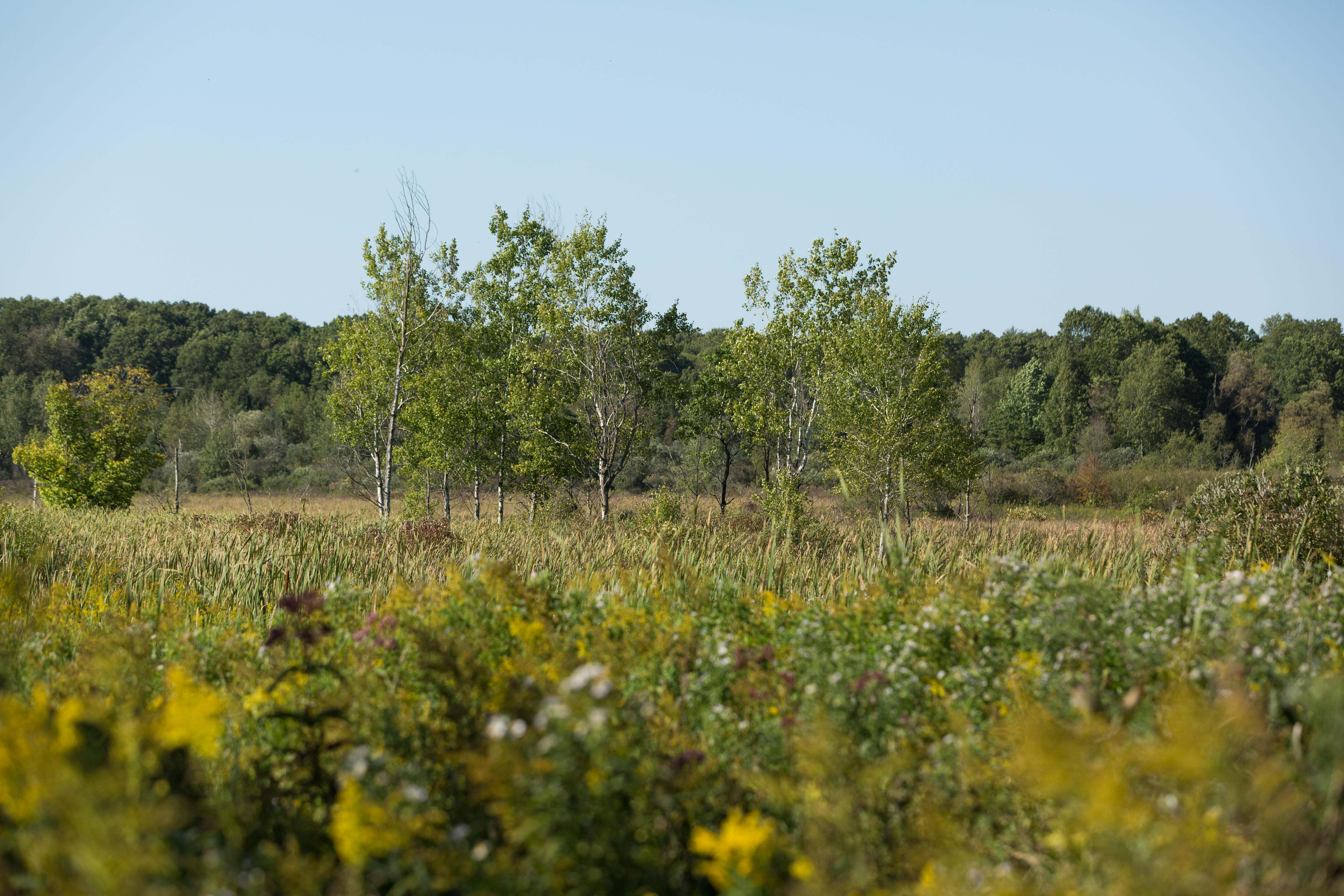
What is a prairie fen?
Five types of natural communities fall within the category of fen in Michigan: prairie, patterned, poor, northern and coastal. A prairie fen is a rare type of wetland that receives water from cold, underground springs rich in minerals instead of from rainwater. Found only in the Midwest, it gets its name from the many plant species it shares with tallgrass prairies.
A healthy prairie fen is rich in biodiversity—hosting a variety of plant and animal species. The eastern massasauga rattlesnake—a state-threatened species—can be observed in the fen alongside a multitude of wildflowers and beautiful formations of migratory birds. In 1987, while still a host for rare species, the fen at Ives Road was anything but healthy.
Getting to the Root of Invasive Species
Following the creation of the 700-acre preserve, TNC initiated recurring volunteer workdays to control invasive glossy buckthorn at Ives Road Fen. By 1997, a volunteer conservation committee was formed. This dedicated group of volunteers began weekly workdays from April through November with the sole purpose of restoring the fen. Since glossy buckthorn seeds can germinate for years, this would take time.
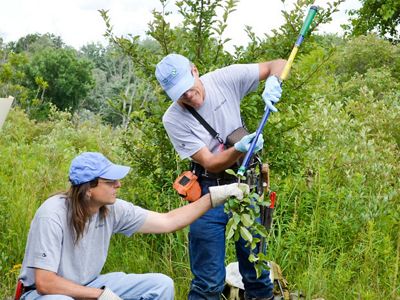
Glossy Buckthorn Removal
Over the course of the next decade, TNC staff and volunteers gathered at the preserve. With their boots on and tools in hand, they slowly began to work through the dense vegetation in the fen.
Methods for removing the buckthorn varied based on the size and age of the plant. For large plants, they cut at the base of the stem and treated the stump to prevent regrowth. For seedlings or those smaller in diameter, they removed them by hand or spot-burned them, being careful to limit soil disturbance. Once they gathered enough, they burned brush piles full of the shrub.
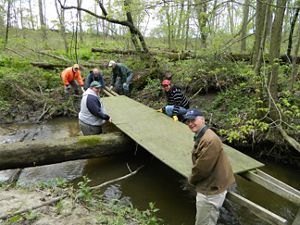
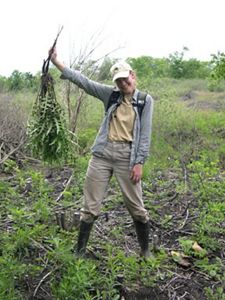
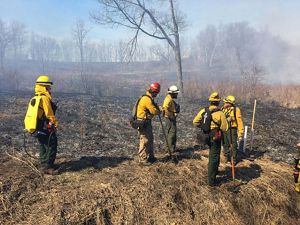
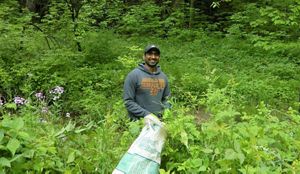
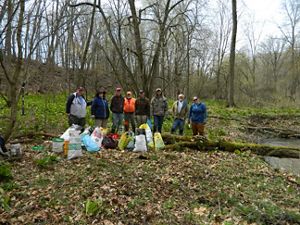
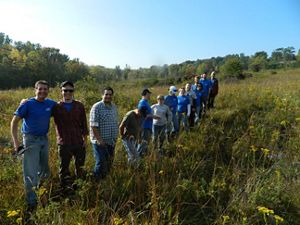
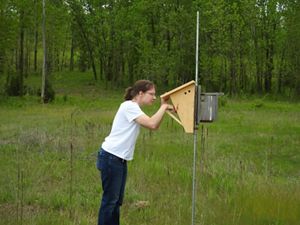
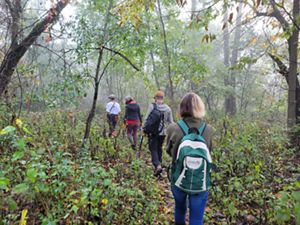
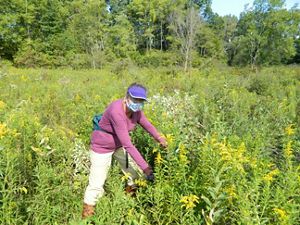
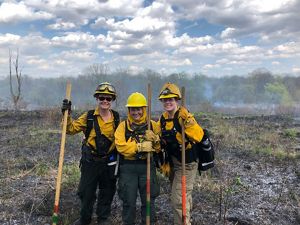

Bridge Repair at Ives: Volunteers fix a bridge at the Ives Road Fen Preserve in 2019. © Chuck Pearson

2014 Volunteer: A volunteer holds an invasive plant removed from Ives. © Chuck Pearson

Prescribed Fire: TNC staff conduct a prescribed burn at Ives Road Fen. © Chris May/TNC

2022 Volunteer: A volunteer spends a beautiful spring day in the fen. © Chuck Pearson

2018 Volunteers: A group of volunteers at the Ives Road Fen Preserve in 2018. © Chuck Pearson

Corporate Volunteers: Volunteers from Ford Motor Company spent a day at Ives. © Chuck Pearson

Nesting Box: A volunteer peers in a nesting box at Ives Road Fen. © Chuck Pearson

Volunteers: Volunteers on an early morning in Ives Road Fen. © Bekah Wuchner/TNC

Social Distancing: A volunteer worked in the fen while social distancing. © Chuck Pearson

TNC Burn Crew: Staff stand in front of a controlled burn site at Ives. © Kim Steinberger
Prescribed Fire at the Prairie Fen
Another conservation approach TNC used to address glossy buckthorn was prescribed fire—a low-intensity controlled burn—which can also be used to address invasive species. While it doesn’t destroy the root system, it can help control invasive woody species seedlings like that of the glossy buckthorn.
We use fire as a land management tool because the invasive species we are looking to manage are fire intolerant, meaning they do not thrive or survive when fire is introduced. Prairie fens are fire-dependent ecosystems where the native plants and animals found there rely on fire in order to survive. The invasive plants we are treating there will not benefit from prescribed fire.
This land management tool is implemented in addition to other invasive plant management efforts (chemical, mechanical and environmental controls). Prescribed fire is just another method to help manage invasive plants.
By the Numbers
Volunteers removed an extraordinary amount of glossy buckthorn from the preserve.
-
2.5M
Adult buckthorn stems removed
-
10M
Buckthorn seedlings spot burned
-
400
Brush piles of buckthorn burned
Bye, Bye Buckthorn
What started as five acres of restored fen grew to 15 acres to 50 acres to 75 acres until, nearly 10 years later, 100 acres of Ives Road Fen was restored. On November 13, 2010, the last monoculture stand of glossy buckthorn was removed from the preserve—a monumental achievement.
To many, the removal of glossy buckthorn would seem like a job well done. But work didn’t stop there. Glossy buckthorn is never fully eradicated, and the fen must continue to be monitored for new growth every year. It's also not the only factor impacting the health of the preserve. Prairie fens are susceptible to a variety of invasive species—including both plants and animals—making continued stewardship essential.
Garlic Mustard, Honeysuckle, Purple Loosestrife. Oh My!
Today, efforts continue to enhance the habitats at Ives Road Fen through invasive plant management. Volunteers gather in the spring and fall to remove invasive species that persist at the preserve including garlic mustard, honeysuckle, purple loosestrife, narrowleaf cattails and reed canary grass.
It's only through the combined efforts of TNC staff and volunteers that a unique, and one of the highest quality, prairie fens in southern Michigan is being restored and maintained. Ives Road Fen is flourishing, providing a habitat for rare species, contributing to the health of the River Raisin and offering a place for people to explore the wonders of Michigan’s fens.
Can You Guess Which Species Are Native vs. Not Native at Ives Road Fen?
Select each box to find out if the species is native to Michigan prairie fens.
How You Can Help
The best way to stop invasive species is to prevent them from occurring in the first place. We all have a part to play in stopping the spread. Help protect native plants and animals by following these simple steps:
- Clean your boots when you enter and exit a nature area to stop the spread of seeds and pathogens. Many parks will have a boot brush you can use at the entrance of their trails.
- When boating, clean your boat thoroughly before transporting it to a different body of water.
- Verify that the plants you are buying for your yard or garden are not invasive.
- Don’t release aquarium fish and plants, live bait or other exotic animals into the wild.
- Don’t “pack a pest” when traveling. Fruits and vegetables, plants, insects and animals can carry pests or become invasive themselves. Don't move firewood (it can harbor forest pests), clean your bags and boots after each hike, and throw out food before you travel from place to place.
- Volunteer at your local park, refuge or other wildlife area.
- When you see an invasive species while you are out, make sure to report it through the Midwest Invasive Species Information Network.
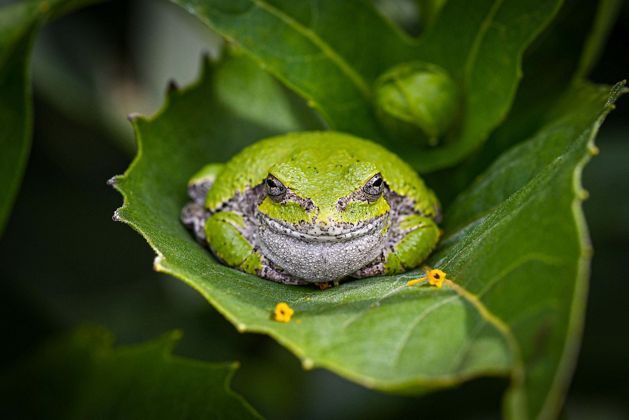
Stay Connected
Subscribe for updates on Ives Road Fen, volunteer opportunities and more.

